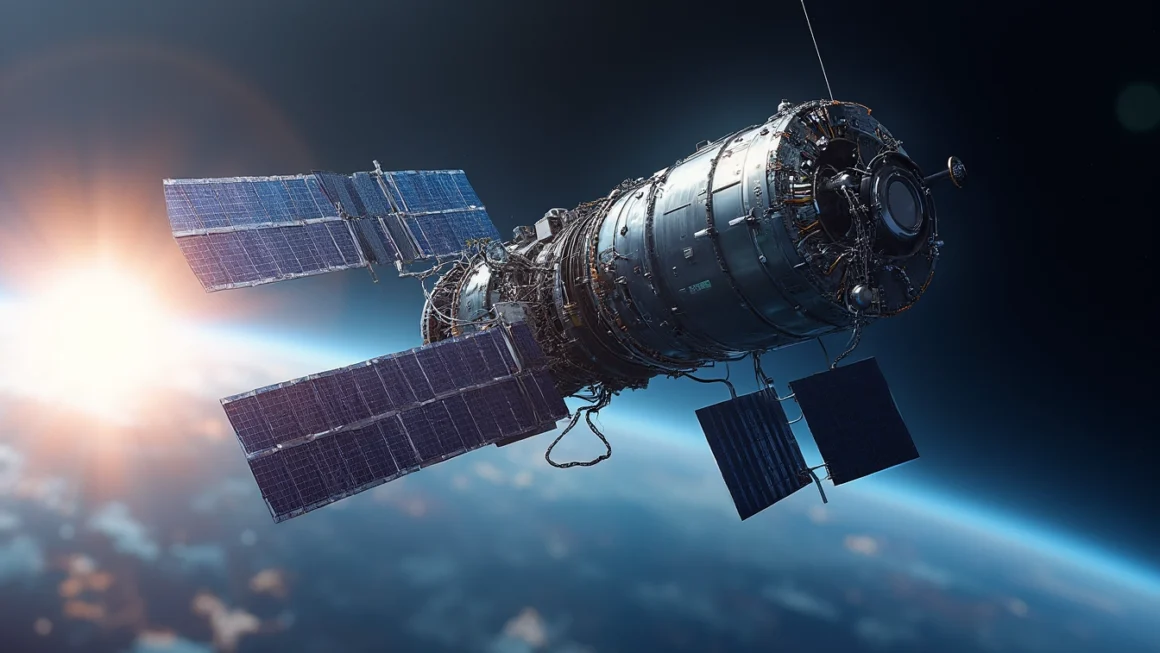Satellite Advancements: The Sentinel-2C Launch
Table of Contents
The Sentinel-2C satellite, a key component of the Copernicus Program, signifies a remarkable stride in Earth observation capabilities. As space technology continues to evolve, the implications of such innovations are wide-ranging, affecting environmental monitoring, agriculture, forestry, and disaster management. But what does the launch of Sentinel-2C mean for these areas, and how does it compare to its predecessors?
The Copernicus Program: An Overview
Before delving into the specifics of the Sentinel-2C, understanding the broader Copernicus Program provides valuable context. Launched by the European Space Agency (ESA), this program aims to provide detailed and timely information about the Earth’s environment. With assets such as radar and optical Earth observation satellites, Copernicus delivers vital data that are freely available, fostering scientific research and policy-making worldwide.
Key Features of Sentinel-2C
The Sentinel-2 satellites are renowned for their precision in capturing optical images with high spatial resolution. Sentinel-2C, in particular, carries forward this legacy with enhancements that promise to augment its applications significantly:
- Improved Image Quality: The satellite offers multi-spectral imaging capabilities across 13 bands, enabling better color and detail resolution for diverse ecological assessments.
- Increased Coverage: With its wide swath width of 290 km, Sentinel-2C is able to cover extensive areas swiftly, facilitating large-scale monitoring projects.
- Data Consistency: The optical sensors maintain fidelity with previous Sentinel-2 models, ensuring a seamless integration and consistency of data for longitudinal studies.
Applications in Environmental Monitoring
Sentinel-2C holds potential for considerable advancements in environmental monitoring:
Forestry Management
The satellite aids in the detailed mapping of forest cover, assisting in the detection of deforestation and forest degradation, a critical effort in combating climate change.
Agricultural Insights
For agriculture, Sentinel-2C data enables precision farming practices. Farmers can utilize satellite imagery to monitor crop health, soil properties, and irrigation needs, optimizing yields and resource efficiency.
Disaster Response
In disaster scenarios, such as floods or wildfires, Sentinel-2C provides timely surveillance data to support emergency responses and recovery planning. The satellite’s near real-time capabilities enable stakeholders to implement strategies swiftly, reducing human and economic losses.
Enhancing the Capabilities of Predecessors
The Sentinel-2C represents a technological evolution from its predecessors, Sentinel-2A and Sentinel-2B. It addresses previous limitations by incorporating advanced optical instruments for enhanced data accuracy. Consequently, it supports better informed decision-making processes across multiple sectors globally.
A Look Ahead: Future Implications
As more satellites like Sentinel-2C are launched, the quality and availability of Earth observation data will continue to improve. This development could transform how industries adapt to environmental changes, promoting sustainability while addressing pressing global challenges.
Moreover, for software developers and tech innovators, the integration of satellite data into various applications presents exciting opportunities. For more information about new tech trends and solutions, visiting my portfolio may offer useful perspectives.
Conclusion: Embracing New Horizons
The launch of Sentinel-2C is not just a leap forward in satellite technology; it is a doorway to new possibilities in environmental science and management. By empowering more accurate monitoring and data-driven insights, satellites like Sentinel-2C are paving the way for a future where informed decision-making helps to preserve and enhance life on our planet.
What are your thoughts on the prospects of satellite technology in addressing global challenges? Share your insights and engage with us!




